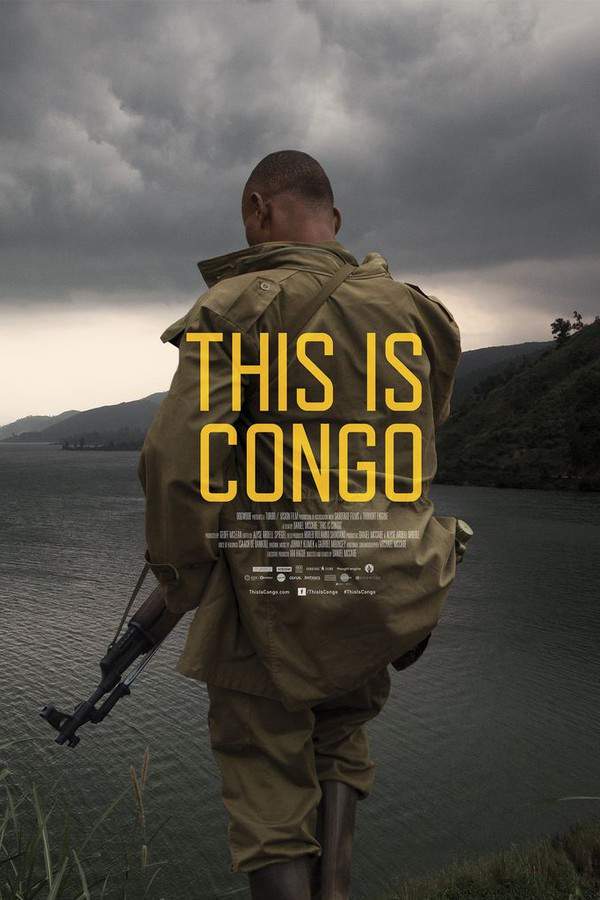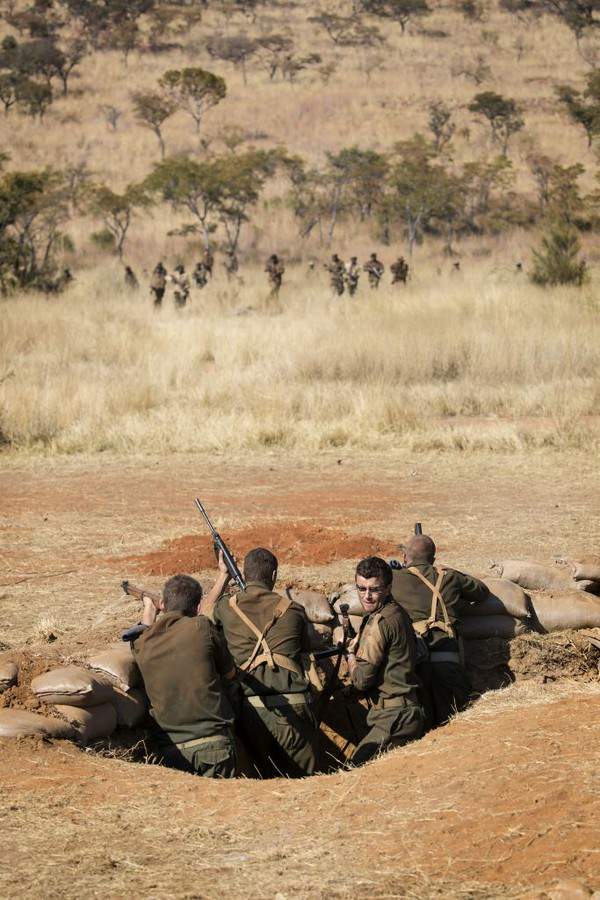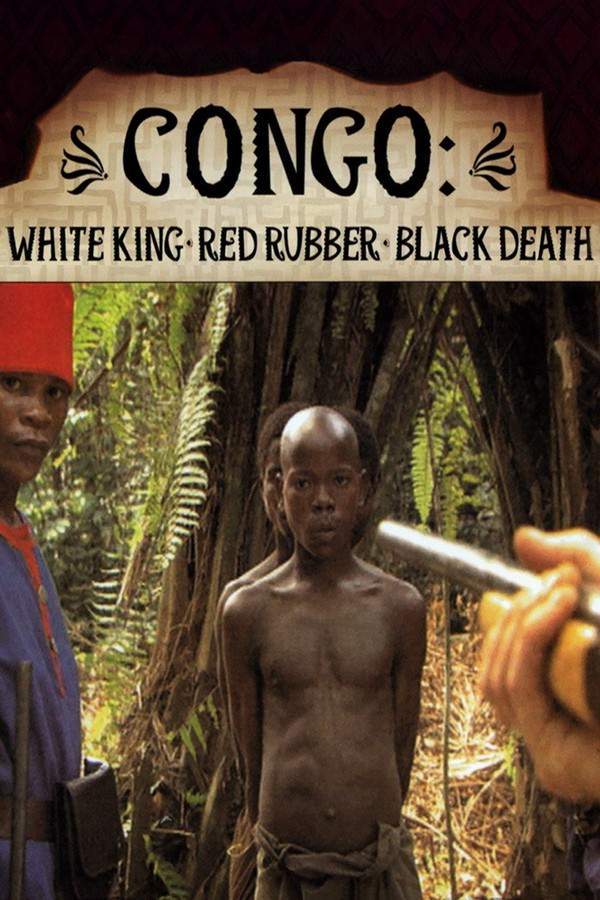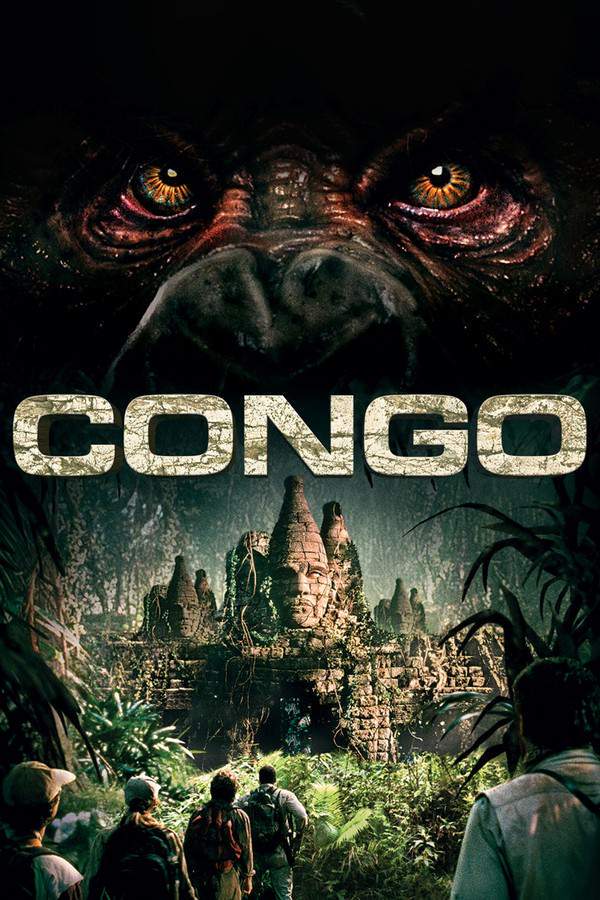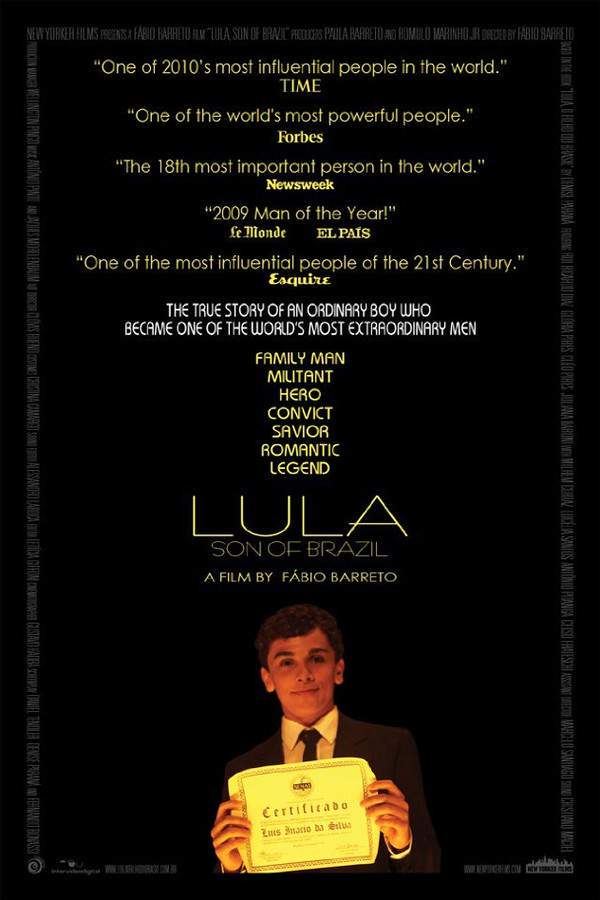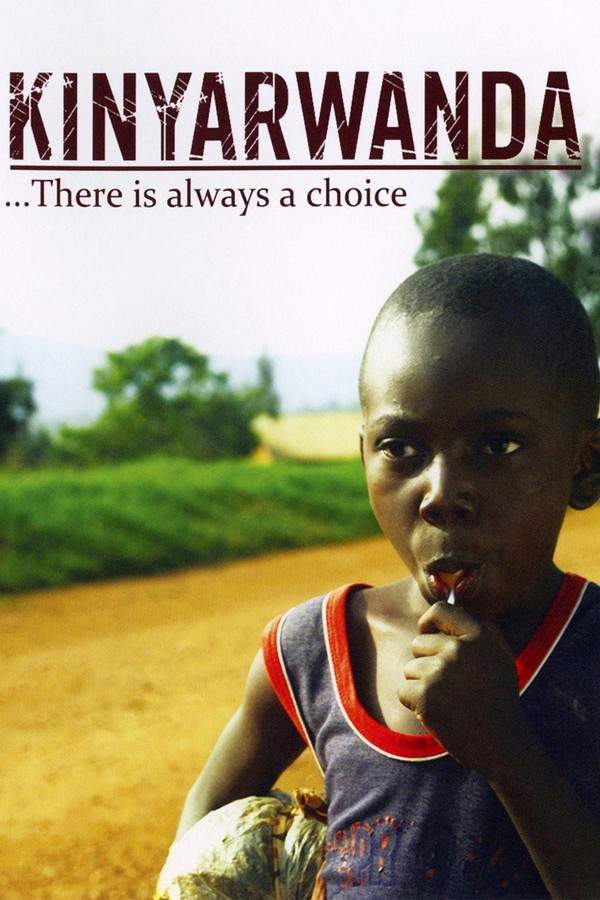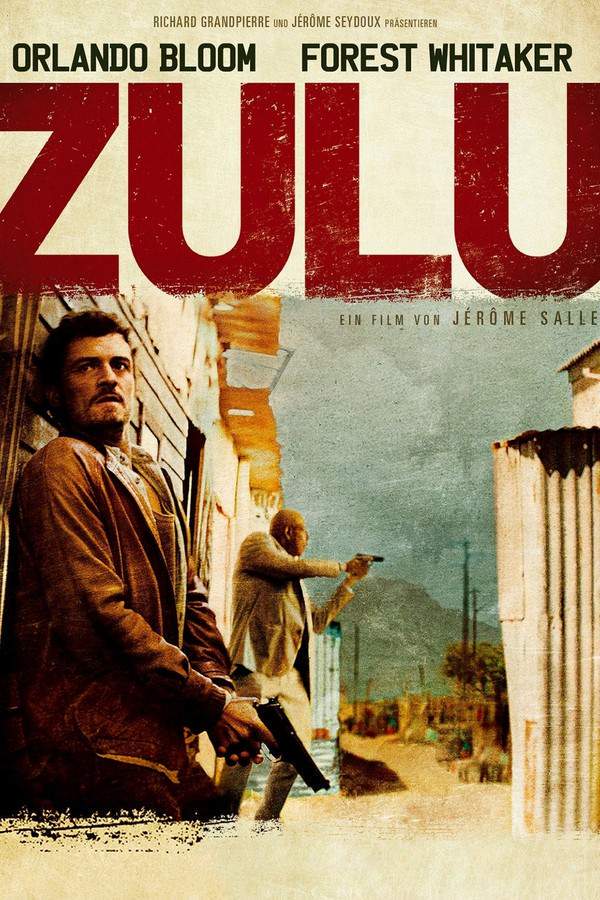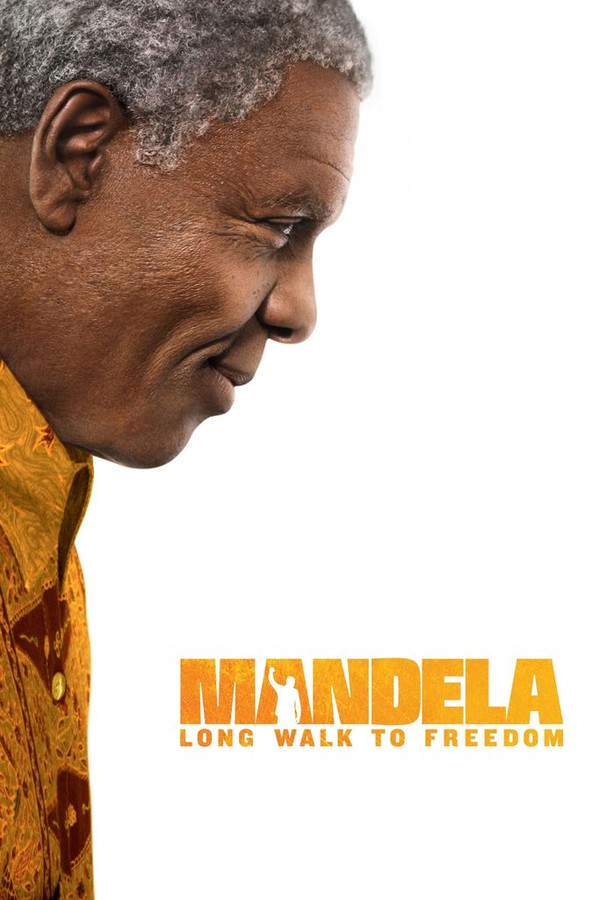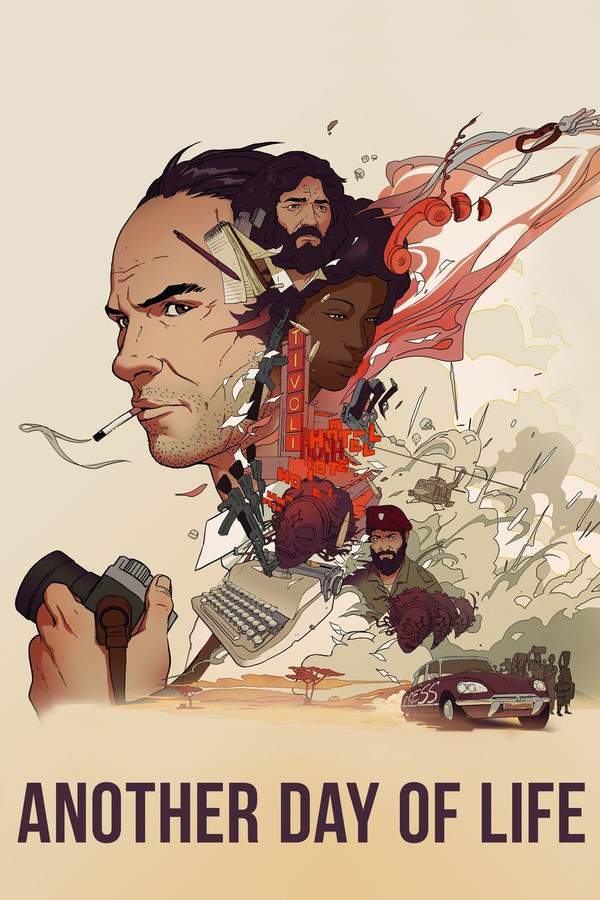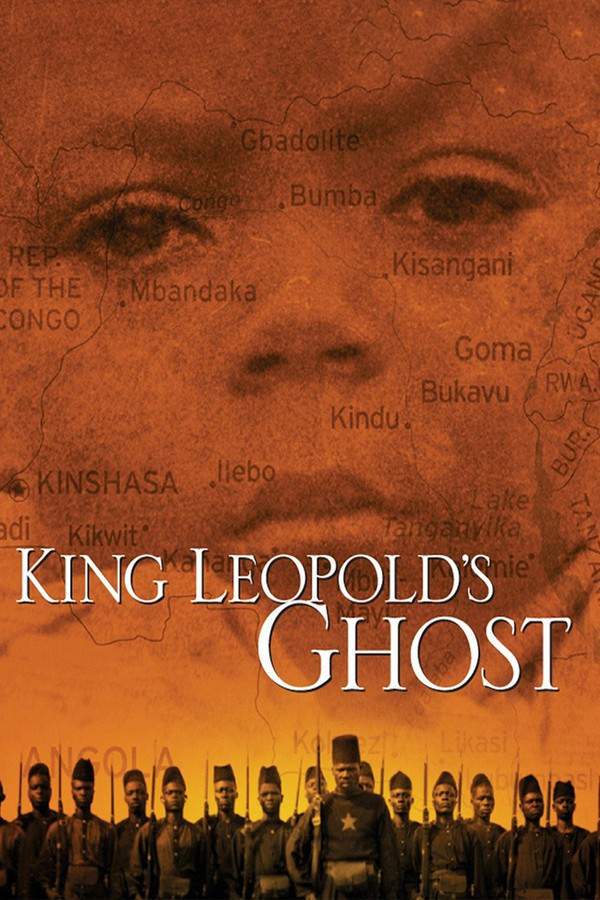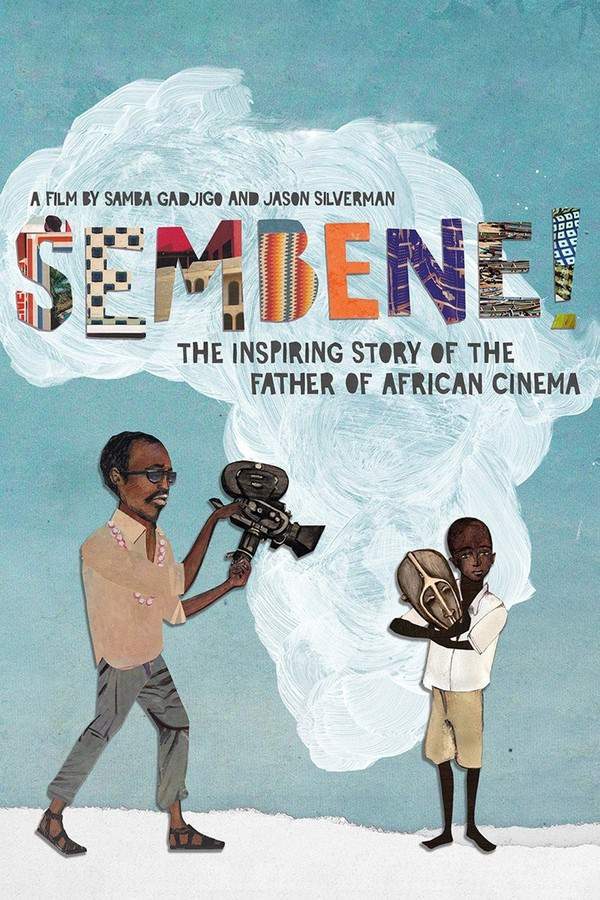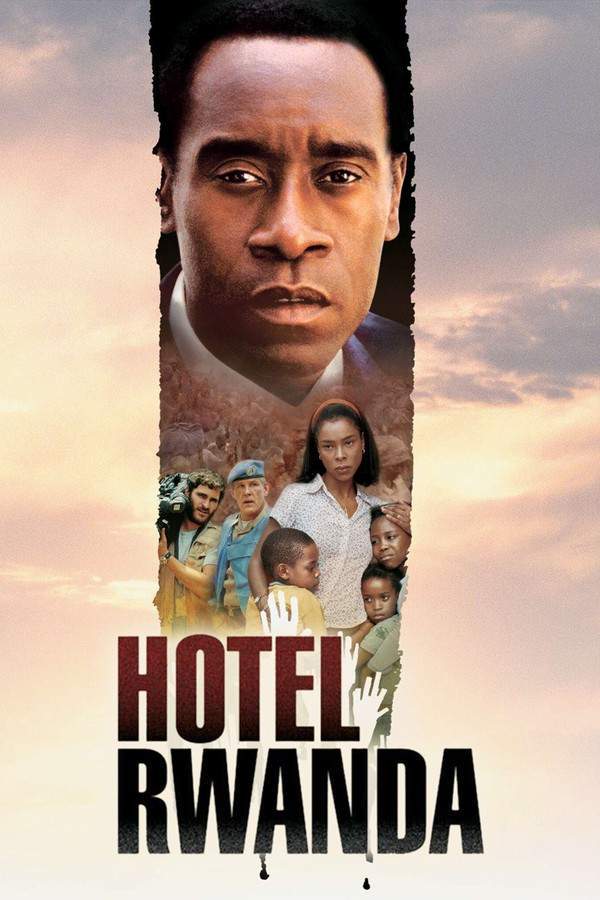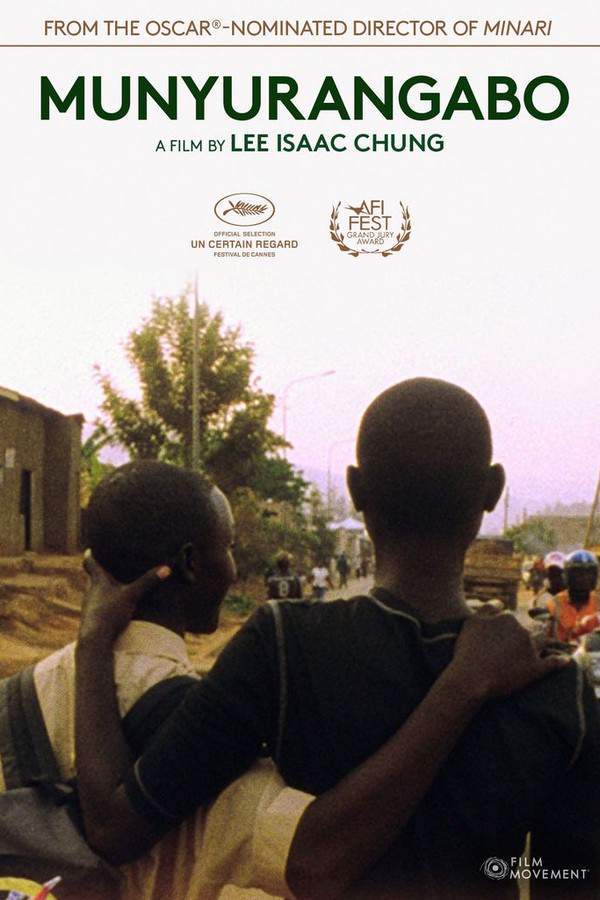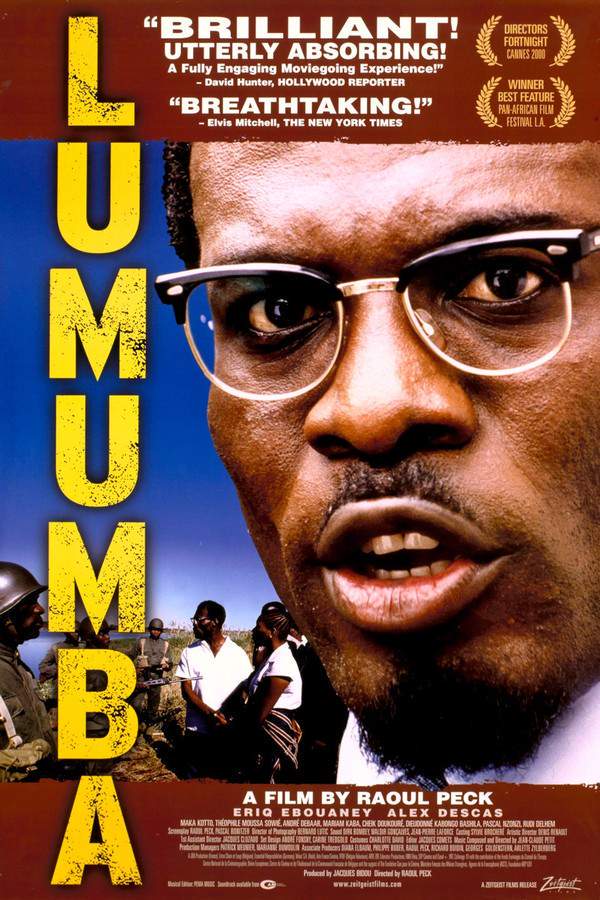
Lumumba
Year: 2001
Runtime: 115 min
Language: French
Director: Raoul Peck
Following Congo's independence from Belgium, charismatic leader Patrice Emery Lumumba becomes Prime Minister, quickly earning a reputation as a skilled and engaging politician. His progressive policies and nationalistic fervor spark both admiration and fierce opposition, leading to political turmoil and threats to his leadership. Facing betrayal and complex international pressures, Lumumba's brief time in office becomes a dramatic struggle for Congo's future, revealing the challenges of establishing a new nation.
Warning: spoilers below!
Haven’t seen Lumumba yet? This summary contains major spoilers. Bookmark the page, watch the movie, and come back for the full breakdown. If you're ready, scroll on and relive the story!
Timeline – Lumumba (2001)
Trace every key event in Lumumba (2001) with our detailed, chronological timeline. Perfect for unpacking nonlinear stories, spotting hidden connections, and understanding how each scene builds toward the film’s climax. Whether you're revisiting or decoding for the first time, this timeline gives you the full picture.
Last Updated: October 09, 2025 at 15:44
Unlock the Full Story of Lumumba
Don't stop at just watching — explore Lumumba in full detail. From the complete plot summary and scene-by-scene timeline to character breakdowns, thematic analysis, and a deep dive into the ending — every page helps you truly understand what Lumumba is all about. Plus, discover what's next after the movie.
Lumumba Summary
Read a complete plot summary of Lumumba, including all key story points, character arcs, and turning points. This in-depth recap is ideal for understanding the narrative structure or reviewing what happened in the movie.

Characters, Settings & Themes in Lumumba
Discover the characters, locations, and core themes that shape Lumumba. Get insights into symbolic elements, setting significance, and deeper narrative meaning — ideal for thematic analysis and movie breakdowns.

Similar Movies to Lumumba
Discover movies like Lumumba that share similar genres, themes, and storytelling elements. Whether you’re drawn to the atmosphere, character arcs, or plot structure, these curated recommendations will help you explore more films you’ll love.
Explore More About Movie Lumumba
Lumumba (2001) Plot Summary & Movie Recap
Lumumba (2001) Scene-by-Scene Movie Timeline
Lumumba (2001) Spoiler-Free Summary & Key Flow
Movies Like Lumumba – Similar Titles You’ll Enjoy
This Is Congo (2018) Full Summary & Key Details
The Siege of Jadotville (2016) Detailed Story Recap
White King, Red Rubber, Black Death (2005) Spoiler-Packed Plot Recap
Congo (1995) Story Summary & Characters
Lula, the Son of Brazil (2012) Complete Plot Breakdown
Kinyarwanda (2011) Detailed Story Recap
Zulu (1964) Ending Explained & Film Insights
Mandela: Long Walk to Freedom (2013) Film Overview & Timeline
Another Day of Life (2019) Spoiler-Packed Plot Recap
King Leopold's Ghost (2006) Story Summary & Characters
Benda Bilili! (2011) Full Summary & Key Details
Sembene! (2015) Full Summary & Key Details
Hotel Rwanda (2004) Film Overview & Timeline
Makala (2018) Spoiler-Packed Plot Recap
Munyurangabo (2009) Complete Plot Breakdown



